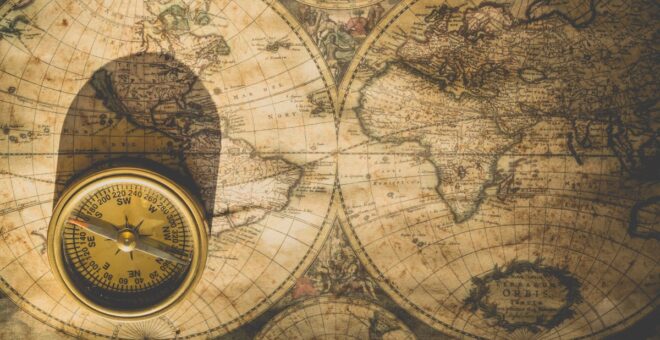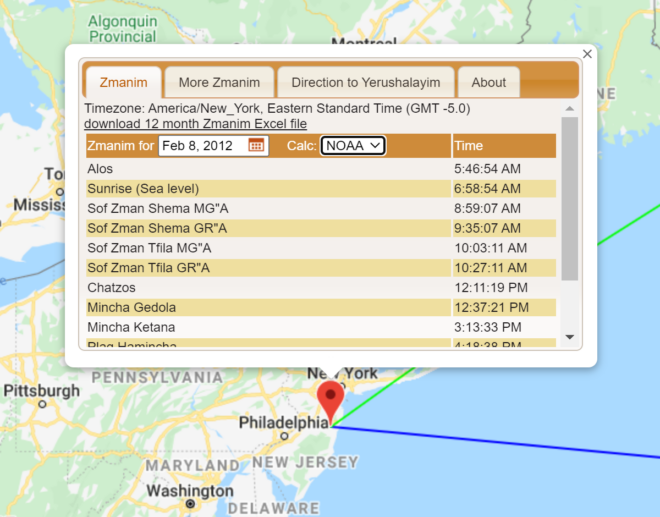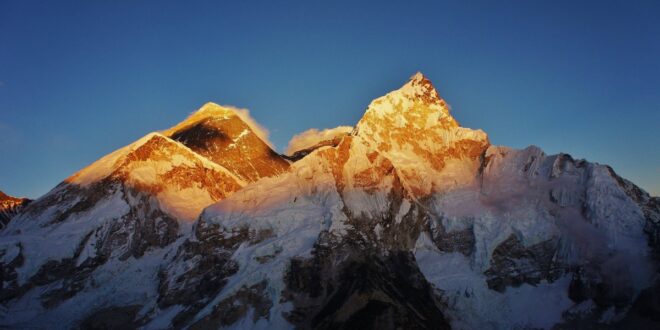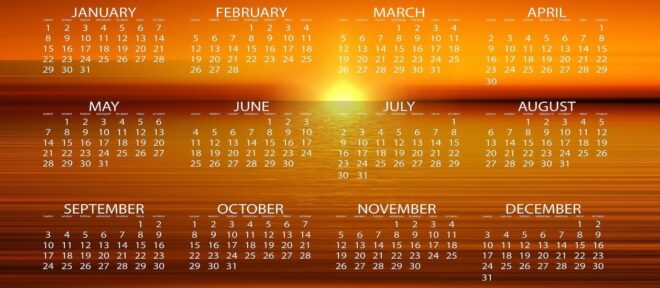 The Zmanim Map was recently updated to version 3.5. This new release adds a number of new features (listed below), and some technical changes over the previous Zmanim Map 3.0 release. With this release, the main focus of the map has shifted to the zmanim tabs. The direction to Yerushalayim tab with davening directions using both the rhumb line and great circle route to Yerushalayim is still present, but is no longer the default tab.
The Zmanim Map was recently updated to version 3.5. This new release adds a number of new features (listed below), and some technical changes over the previous Zmanim Map 3.0 release. With this release, the main focus of the map has shifted to the zmanim tabs. The direction to Yerushalayim tab with davening directions using both the rhumb line and great circle route to Yerushalayim is still present, but is no longer the default tab.

- The date can now be selected by the user. In previous versions the date was always the current date on the user’s computer (though the map always supported passing the date on the URL using the undocumented date=1969-02-08 parameter). The current date is still the default, but the user can now change the date.
- The calculation algorithm is now selectable. The Zmanim API supports both the USNO and NOAA algorithms. The map has always used the USNO algorithm, and this remains the default, but users can now use the NOAA algorithm.
- The Zmanim tab is now the default tab. This reflects user feedback indicating that most people use the map for zmanim.
- An About tab now provides a mini user guide and general information about the map.
- The timezone look-up now uses the Google Time Zone API. Previously the map had been using the Geo Names web service. Since the elevation service also uses Google, the change to a single stable source will hopefully result in fewer outages.
- The currently selected tab persists across location changes, so if you were viewing zmanim for a location, and changed the location to see how the zmanim were affected, you will no longer have to change tabs after each move.
- Candle Lighting was added for Fridays. Erev Yom Tov will not show candle lighting at this point.
- Performance improvements, minor enhancements, bug fixes and refactoring


 The Zmanim API 1.2 was released today. The only change in this release is the removal of elevation as a factor in the calculation of all zmanim besides sunrise and sunset. Updated
The Zmanim API 1.2 was released today. The only change in this release is the removal of elevation as a factor in the calculation of all zmanim besides sunrise and sunset. Updated  A lookup tool for elevation lookup was added to the
A lookup tool for elevation lookup was added to the